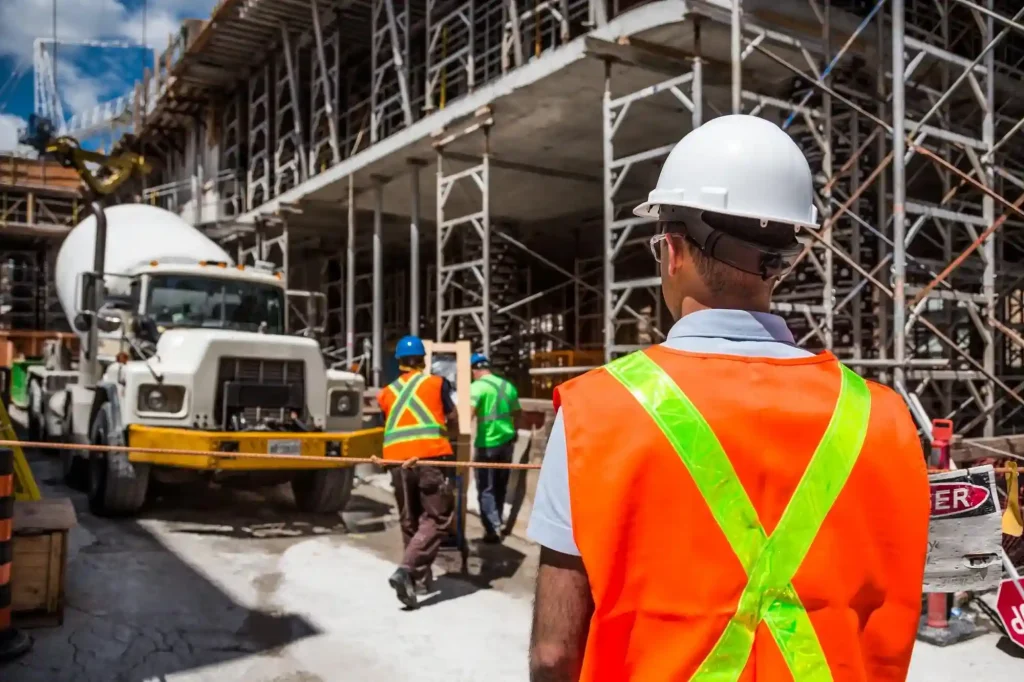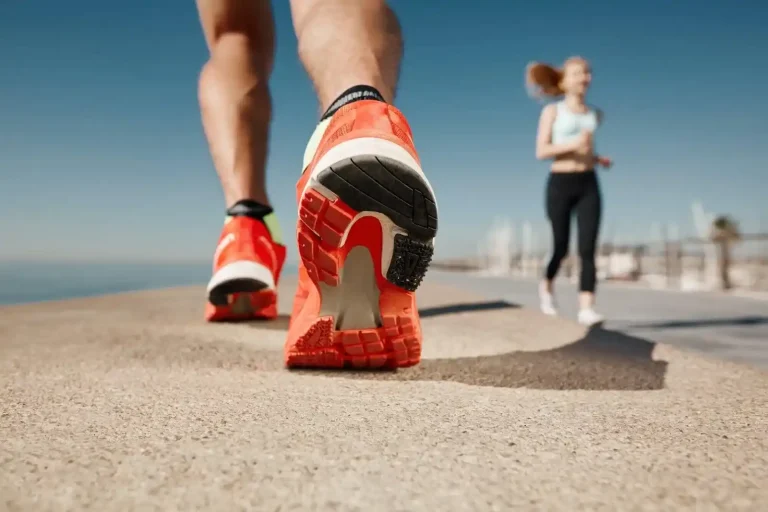Essential Safety Gear for the Workplace: A Complete Guide

Discover essential safety gear for the workplace with this complete guide covering protective equipment standards usage tips and employee safety practices.
Have you ever considered the level of safety in your job? Even if your workplace seems harmless, accidents can happen when you least expect them. From slips and trips to falling objects, the risk is real.
The answer is having the right safety gear. This comprehensive guide will help you understand the necessary equipment, its protective capabilities, and how to use it effectively.
By the end, you’ll know how to stay safe and confident on the job, no matter what kind of work you do.
Why Safety Gear Matters Every Day
Safety gear is not just something people wear on the biggest construction sites. It’s used in factories, warehouses, labs, and even offices. The main goal is to keep workers safe from danger.
That includes things like sharp tools, loud noises, harmful chemicals, or heavy lifting. Without the right gear, even a small task can turn into a big problem.
Wearing safety gear also shows you care about your health and the people around you. When workers use gear the right way, accidents go down. That means fewer injuries, fewer days off work, and a much safer team overall.
What Does Safety Gear Look Like?
Safety gear can be anything you wear or use to protect your body while you work. Some of the most common items are helmets, gloves, goggles, earplugs, and boots. These are made to protect different parts of your body depending on your job.
For example, workers in noisy places wear ear protection to stop hearing loss. People who deal with chemicals use face shields or goggles. If your job involves lifting or moving heavy items, strong boots with toe protection help keep your feet safe.
Knowing the Rules Helps Keep You Safe
There are rules about what kind of gear you need and how to use it. These rules come from safety groups that study job sites and find ways to keep workers safe. If your workplace follows these rules, you’ll be better protected.
Always check your gear before using it. Make sure it fits you well and doesn’t have any damage. A broken strap or cracked helmet won’t give the right protection.
The Best Fit Matters More Than You Think
You can’t just wear any safety gear and expect it to work. It has to fit right. Gear that is too loose or too tight can be uncomfortable and unsafe.
If your workplace gives out safety gear, make sure it’s the right size. Try it on and adjust it as needed. Comfortable gear helps you do your job better and keeps you safe at the same time.
Use Gear the Right Way
It’s not enough just to wear safety gear-you need to know how to use it. This means learning how to put it on correctly, how to clean it, and when to replace it. Dirty or old gear might not protect you the way it should.
Some workplaces offer training on how to use gear. If they do, make sure you go. Knowing how to use your gear shows that you care about doing the job right and staying safe.
Extra Gear for Special Jobs
Some jobs need more than just basic safety gear. For example, people who work high up or lift very heavy things need special belts, harnesses, and ropes. This is where personal protective equipment for rigging becomes useful.
It helps workers stay steady and safe when working with heavy loads or at great heights. This type of gear is tested for strong support and helps avoid falls or dropped objects. Not every job needs this kind of gear, but when it’s required, it makes a big difference.
Your Role in Safety
It’s easy to think that safety is the boss’s job. But the truth is, every worker plays a part. You are the one wearing the gear, using the tools, and doing the work.
Speak up if something feels wrong. When everyone looks out for each other, the whole team becomes stronger and safer. That’s how real safety grows at work.
Keep Your Gear in Good Shape
Good gear needs good care. You wouldn’t wear dirty clothes every day, so don’t treat your safety gear that way. After work, take time to clean your helmet, gloves, and glasses.
Check your gear often for cracks, tears, or missing parts. If you see something wrong, don’t use it. Ask for a new one or get it fixed.
Safety Is for Everyone
No matter what your job is, safety should always be a top goal. You don’t need to work in a dangerous place to take it seriously. Even office jobs can have risks, like slippery floors or broken chairs.
If you’re new at a job, take extra time to learn what gear is needed. If you’ve been there a while, help others learn. Safety works best when everyone helps each other.
Smart Gear for a Smart Workplace
Many workplaces are now using smart safety gear. This includes items that have lights, alarms, or sensors built in.
Some helmets now have radios inside so workers can talk without yelling. These new tools help make work easier and safer.
Not every job needs high-tech gear, but it’s good to know what’s out there. Talk to your manager if you think something like this could help in your workplace. New tools should always be used the right way, along with training.
Make Safety a Habit
Wearing safety gear shouldn’t be something you do only when someone is watching. It should be part of your everyday routine. Just like you wear a seatbelt in a car, you should wear your safety gear at work without thinking twice.
Make a checklist if that helps you remember. Keep your gear in one place so it’s easy to find.
When it becomes a habit, you won’t feel strange or forgetful about it. Instead, it’ll feel normal-and that’s the goal.
Stay Safe, Stay Ready
Staying safe at work isn’t just about following rules. It’s about being ready for anything. Having the right safety gear and using it the right way can stop small problems from turning into big ones.
Whether it’s goggles, gloves, helmets, or boots, every piece of gear has a job. And your job is to use it well.
By knowing what gear to wear, how to care for it, and how to help others stay safe, you become a strong part of your team. Stay smart. Stay safe. Safety doesn’t take a day off.
Did this guide help you? Browse the rest of this section for more advice on a variety of topics.





